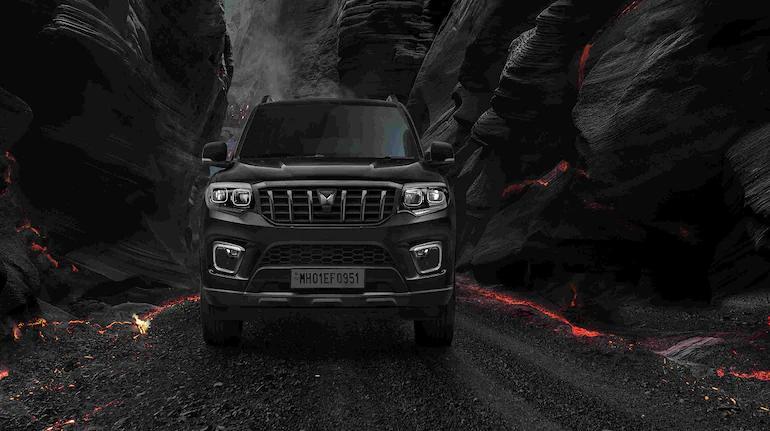
M&M to increase SUV, commercial vehicle prices up to 3% from April
In a move that is likely to impact the automotive sector, Mahindra & Mahindra (M&M) has announced a price increase of up to 3% for its SUV and commercial vehicle range from April. The company cited rising costs due to inflation and increased commodity prices as the reason for this decision.
As per the statement released by M&M, the price adjustment is aimed at ensuring that the company’s products remain competitive in the market while also taking into account the increased costs. The move is expected to affect the prices of various models under the company’s portfolio, including popular SUVs such as the XUV500 and the Thar.
This development comes at a time when the automotive sector is already grappling with the impact of high operational costs. With inflation rates rising and commodity prices increasing, manufacturers are finding it challenging to maintain their profit margins. M&M’s decision to increase prices is likely to be a response to these challenges, as the company looks to offset the rising costs and maintain its market share.
It’s not just M&M that is feeling the heat. Hyundai Motor has also announced plans to raise prices next month due to high operational costs. The South Korean automaker has cited rising raw material costs, labor expenses, and other operational costs as the reason for the price hike. This decision is expected to affect the prices of various Hyundai models in the Indian market, including popular cars such as the Elite i20 and the Creta.
The price increase by M&M is likely to have a ripple effect on the entire automotive industry. As a leading player in the Indian market, M&M’s decision to increase prices is likely to be followed by other manufacturers. This could lead to a wave of price hikes across the industry, as companies look to offset the rising costs and maintain their profit margins.
The impact of the price increase is likely to be felt by both existing and potential customers of M&M. Existing customers may need to shell out more money to maintain or upgrade their vehicles, while potential customers may need to adjust their budgets to accommodate the increased prices. This could lead to a slowdown in sales, as customers become more cautious about their spending habits.
On the other hand, the price increase could also have a positive impact on M&M’s profitability. As the company looks to offset the rising costs, the price hike could help the company maintain its profit margins and improve its financial performance.
In conclusion, M&M’s decision to increase prices for its SUV and commercial vehicle range is a response to the rising costs due to inflation and increased commodity prices. While the price hike may have a negative impact on customers, it could also help the company maintain its profit margins and improve its financial performance. As the automotive industry continues to navigate the challenges posed by high operational costs, it will be interesting to see how other manufacturers respond to this development.




